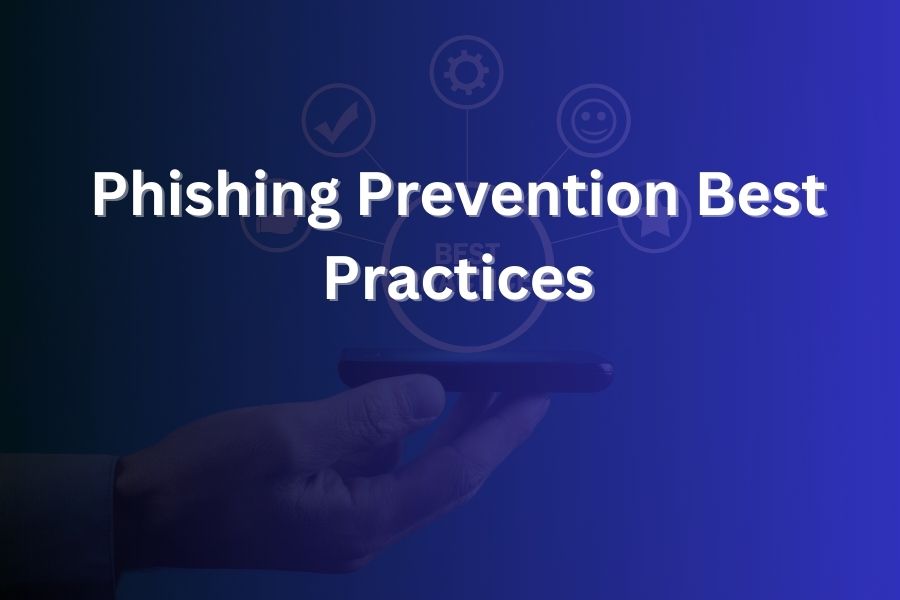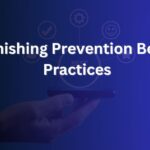In today’s digital climate, you face an ever-growing risk of email and messaging attacks aimed at stealing your credentials or sensitive data. Phishing remains one of the top methods cybercriminals use to hook victims and exploit trust.
In this articl,e you will learn concrete steps you can take to reduce your exposure, recognise threats early, protect your accounts, and respond effectively when an incident occurs.
Understand what phishing really means
Phishing occurs when someone disguises as a trusted source and tries to trick you into providing sensitive information like passwords, credit-card numbers or other personal data. Attackers often use emails, texts or social-media messages that appear legitimate.
They may use urgent language, impersonate known organisations and include links or attachments that lead you into a trap.
By recognising this basic mechanism you’re better equipped to challenge messages that seem “off.” The goal is not just to avoid clicking—but to question the context, sender, timing and tone.
Recognise the red flags of phishing messages
You should watch for several common signs that indicate a phishing attempt:
- Poor spelling or grammar that fails to match the sender’s usual tone
- Sender address or domain that slightly differs from the expected one
- Unsolicited attachments or links with vague context
- Pressing urgency in the message: “Account will be closed unless you act now”
- Requests for credentials, payment or personal information in an unexpected way
- Emails that ask you to bypass standard processes or contact channels
Whenever you encounter any of these, pause and verify before you act. Treat any unsolicited request with scepticism.
Use strong authentication and access controls
One of the best shields you have is multi-factor authentication (MFA). Even if someone obtains your password, they cannot gain access if you require a second factor such as a text message code, an authentication app or a hardware token.
In addition:
- Use unique passwords for every account to avoid cross-account compromise
- Limit privileges: give users and accounts only the access they need
- Segment work and personal accounts/devices so a breach in one area does not spread easily
- Monitor access logs and alert for unusual login events (for example logins from new locations or devices)
These steps not only reduce risk but also contain damage if a phishing attack succeeds.
Deploy technical protections on your systems
Technology by itself won’t stop every phishing message, but it significantly strengthens your defence. Key controls you should implement include:
- Email authentication protocols such as SPF, DKIM and DMARC to block spoofed senders
- Secure email gateways that scan links and attachments, filter malicious content and quarantine suspicious mail
- Web gateways and sandbox services that isolate or block access to harmful URLs or attachments
- Device and network security: keep operating systems and apps up to date, enable endpoint protection, apply principle of least privilege
- Browser protections and URL inspection tools that warn you when a link is likely malicious
Combining these helps you intercept many threats before users even see them.
Establish a culture of continuous training and simulation
Your organisation’s people remain the most targeted and often the weakest link. To strengthen this layer:
- Conduct regular security awareness training with real examples and interactive formats
- Run phishing simulation exercises so users experience fake attacks in a safe environment and learn from mistakes
- Refresh training periodically to address evolving phishing techniques, such as AI-generated messages or look-alike domain attacks
- Use metrics to track click rates, incident reports, and improve your training content accordingly
By making vigilance part of everyone’s job you dramatically increase your resilience to social-engineering threats.
Set up clear policies and incident-response procedures
Preventing phishing is not just about blocking mail—it’s about how you respond when a compromise occurs. You should:
- Define a phishing-specific policy covering user responsibilities, reporting paths and acceptable device usage
- Ensure users know how and when to report suspicious messages or suspected compromise
- Establish an incident-response plan that includes steps for containing damage, changing credentials, reviewing logs and notifying appropriate teams
- Review and update policies frequently to account for new threat patterns
Having this framework in place means your organisation can act swiftly and reduce the fallout from a successful phishing attack.
Protect your domain and brand from being exploited
Attackers often impersonate your domain or brand to trick others. You must protect your own digital identity by:
- Publishing a strict DMARC policy that rejects unauthorised emails using your domain
- Monitoring for look-alike domains and registering key variants to prevent abuse
- Setting up alerting so you detect when your domain or brand is used maliciously
- Working with legal and digital teams to take down spoofed sites or domains quickly
This prevents you from being used as the launching point for phishing campaigns and protects your reputation.
Monitor, test and adapt your defences regularly
Phishing tactics change frequently and attackers continuously innovate. To stay ahead you should:
- Review phishing-related metrics such as spam volumes, click rates, incident reports and lost accounts
- Conduct red-team or third-party assessments to simulate advanced phishing campaigns
- Update technical controls and training materials based on new threat intelligence
- Test backup systems, recovery processes and make sure you can bounce back quickly if credentials get compromised
Continuous improvement ensures you don’t become complacent or vulnerable.
Stay alert to advanced threats and emerging techniques
Recent trends include phishing emails generated by artificial intelligence that look highly professional and use personalised targeting. Attackers can craft messages with correct grammar, plausible context and accurate branding. The traditional “typos” or “bad English” clues no longer suffice.
To defend against these:
- Treat all unexpected requests for sensitive actions with equal suspicion, regardless of how polished the message looks
- Verify unusual requests through an independent channel (for example phone call to a known contact)
- Encourage users to slow down, think before clicking and avoid emotional reaction to urgency or fear-based messages
- Combine human vigilance with advanced analytics and behaviour-based threat detection
Recognising that your attackers are evolving helps you prepare accordingly.
Respond fast and follow through after an incident
If you or your organisation falls victim to a phishing attack do not delay. Immediate response actions include:
- Change exposed credentials and enable MFA on affected accounts
- Perform an account-audit to identify abnormal access and data exfiltration
- Notify your security operations team, the relevant stakeholders and if required regulatory bodies
- Review how the attack succeeded and update training, controls and policies accordingly
Prompt action reduces damage, recovers trust faster and helps prevent recurrence.
Conclusion
Phishing remains a potent threat because it exploits human behavior, trusted relationships and the evolving sophistication of attackers.
By combining strong authentication, technical defences, continuous training, clear policies, domain protection and an agile response process you build a layered defence that dramatically reduces your risk. Stay vigilant, maintain your controls, adapt to new threats—and keep phishing attempts at bay.







